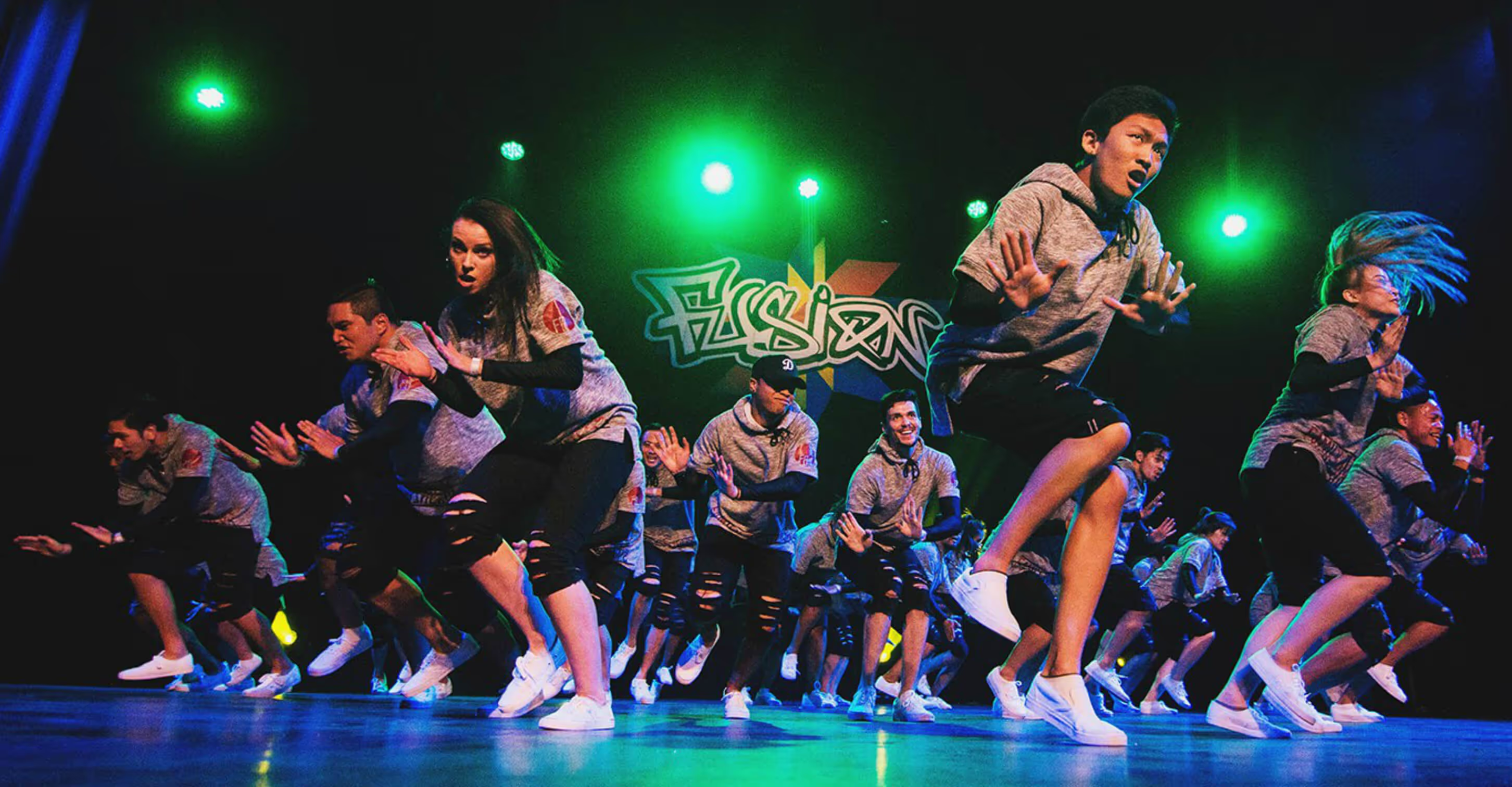What is dance musicality?
Dance musicality is how dancers hear, interpret, and dance to music. Dancers can demonstrate dance musicality in several ways – which sounds they choose to dance to, how they highlight the sounds, how they emote the mood of the song. Check out these 2 pieces to the same song that are completely different in both style of dance and musicality choices.
1. Superstar (Aluna George) – Charles Nguyen
2. Superstar (Aluna George) – Chris Martin
Do you hear/see the differences in Charles and Chris' dance musicality? Everyone listens to music differently, and as a result, dances differently. Now, watch these 3 pieces to the same song.
1. How Many Drinks (Miguel) – Carlo Darang
2. How Many Drinks (Miguel) – Pat Cruz & Aggie Loyola
3. How Many Drinks (Miguel) – Law Devera
They're all so different, right? And dope, in their own ways. This is because Carlo, Pat and Aggie, and Law listened and choreographed to the song using their own musicality. In addition, great choreographers also have unique ways of moving to music that bring out sounds you might not have heard when you’re just listening to the song. For example, were there any sounds in the videos above that surprised you? Now, you'll never be able to un-hear it!
How to use dance musicality
Choreographers utilize different ways of execution, timing, and textures to portray how they hear the song. Not sure what textures are? Read this: What Are Textures In Dancing?
If you are familiar with the different sounds that make up a song, then you'll know how to execute moves to better portray those sounds. In order to do this, let's study some basics of music theory.
What is an 8-count?
We use an 8-count to break down the structure of the music. In dance musicality, the 8-count is sort of like a map to know when you do a certain move. For example, if a choreographer says that a move executes on "the 5," you're going to count into the music: "one, two, three, four, MOVE."The counts in between – "and" counts – are used to mark 16 counts. "one and two and three and four."

Add an "e and" to mark 32 counts "one e and uh, two e and uh," which splits every count into 4s.As a result, there are more markers in the music – so we use the "and"s and the "and e"s for faster-tempo pieces.
What are those sounds in music called?
All right, so we got the gist of the timing. Now, what's going on in those counts? Let's give those "sounds" a name.
(*We're not going into every single sound found in the history of music! Just the basics, so as not to overwhelm or overcomplicate.)
Lyrics
- The words that the singer is singing to, also referred to as "the melody"
- The lyrics are probably the easiest to distinguish, but hardest to count / dance to, since vocals don't always match the strict structure of 8-counts
- Sometimes, choreographers will make moves that correlate with the lyrics, like miming actions or using certain body parts
Bass
- The bass is the lowest of the standard four voice ranges (bass, tenor, alto, soprano), or, the lowest melodic line in a musical composition, that supports the harmony
- Different instruments can produce a bass sound (drums, guitar..)
- Dancers often use the onomatopoeia "boom" to describe a bass drum
Snare
- It's the sharp, staccato sound you hear, like the sound you make when you snap a rubber band
- Dancers often describe as snare as "ka!"
Hi-Hat
- A hi-hat is produced by a hi- hat cymbal
- Dancers often describe this sound as "tss tss"
Synth
- A sound synthesizer produces electric signals converted to sound through amps and loudspeakers
- A common reference to a synth is the synth piano, which may sound like a long, slow bass, "wobba wobba"
Strings
- Guitar strums and melodies are also useful to take note of, for more instrumental / acoustic songs
Keyboard/Piano
- The piano sounds will also accent, or set the melody/harmony of the song.
You'll discover different combinations of different sounds in layers and layers of any song. Get used to dissecting music so that you can name which sounds are what!

You'll start to see patterns of sounds as you keep studying a song. Maybe there's a bass on each odd count, and a snare on every even count – "boom ka, boom ka" Paying attention to those patterns will get you even more fluent with dance musicality.
Using textures for dance musicality
Since each texture has a different look, it can match a different sound. For example, a move that’s quick and sharp better matches a snare (“ka!”)

While a move that’s more rounded, resistant

looks more like a long bass. (“boom~”). Because your body needs to understand and movelike the sound, experimenting with different textures is the key to great musicality.
Bianca Vallar from Choreo Cookies puts it beautifully:
“Textures are like dynamics and musical articulation in piano. They accentuate the music and match the changes and flow of the song, as well as add performance technique to a piece. Textures can be staccato, sharp, fast and direct to the point. Or they can be legato, smooth, and flow with the melody. And textures all depend on your interpretation on how you hear the music and wish to portray that to your viewer. Dancers are physical interpretations of music and textures allow people to see the music more clearly.”
In conclusion: to have great dance musicality, listen to the music, and match your textures to those. We hope that this helped you understand what dance musicality is, as well as how to dance with dance musicality! Share this article with a friend or your team!










